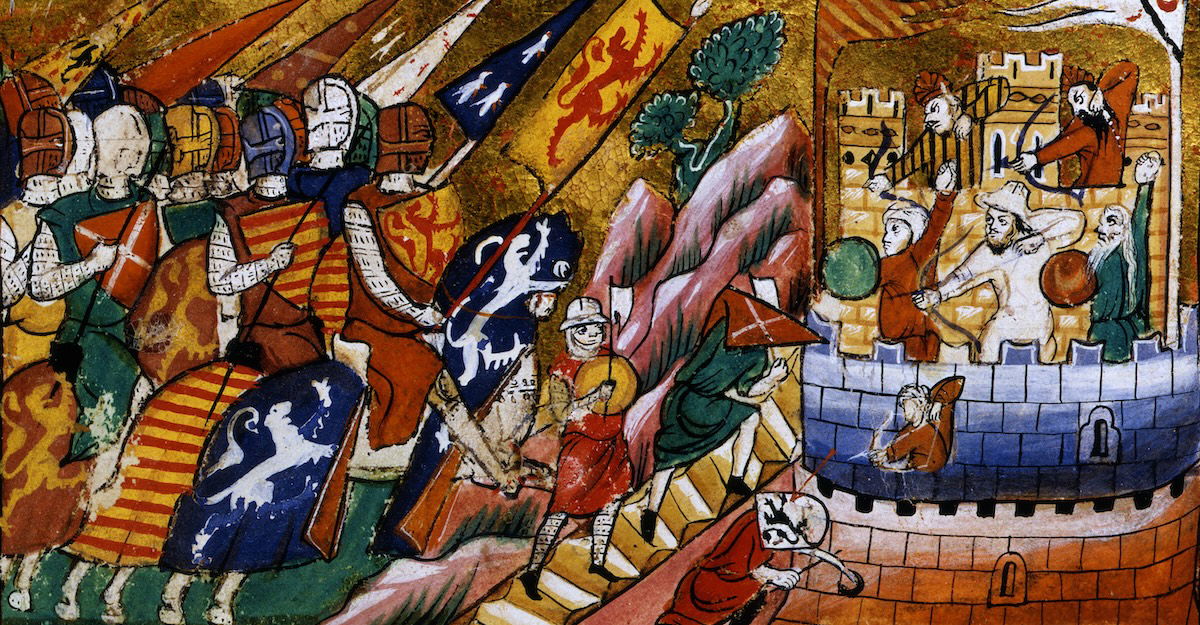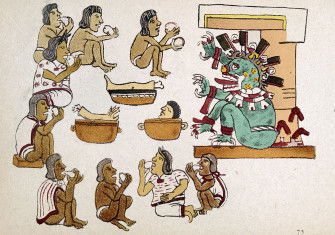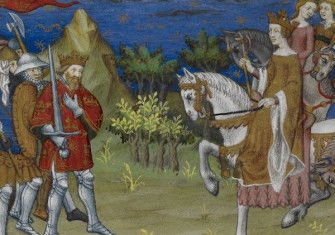Cannibal Crusaders
Reports from the First Crusade brought tales of victorious Christian soldiers eating dead bodies.

In September 1099 a letter addressed to Pope Paschal II sent from Latakia, in present-day Syria, recounted a number of important events taking place during the First Crusade. As well as Latin Christian victories, it described moments of suffering and struggle – and two occasions in which crusaders had turned cannibal.
The first incident took place at Antioch. The Christian army was so weakened, having besieged the city for a number of months, that the letter – attributed to Archbishop Daimbert of Pisa, and two of the First Crusade’s leaders, Raymond of Saint-Gilles and Godfrey of Bouillon – recorded how the Christians ‘could scarcely refrain from eating human flesh’. The second occurred following the sieges of al-Bāra and Ma‘arrat al-Nu‘mān, during which time famine hit the army and ‘the Christian people’ were so desperate that they ‘ate the putrid bodies’ of Muslims. The accusation was shocking: according to the letter – one of the earliest Latin Christian sources for the First Crusade – at times of starvation, God’s chosen people were capable of cannibalism.







